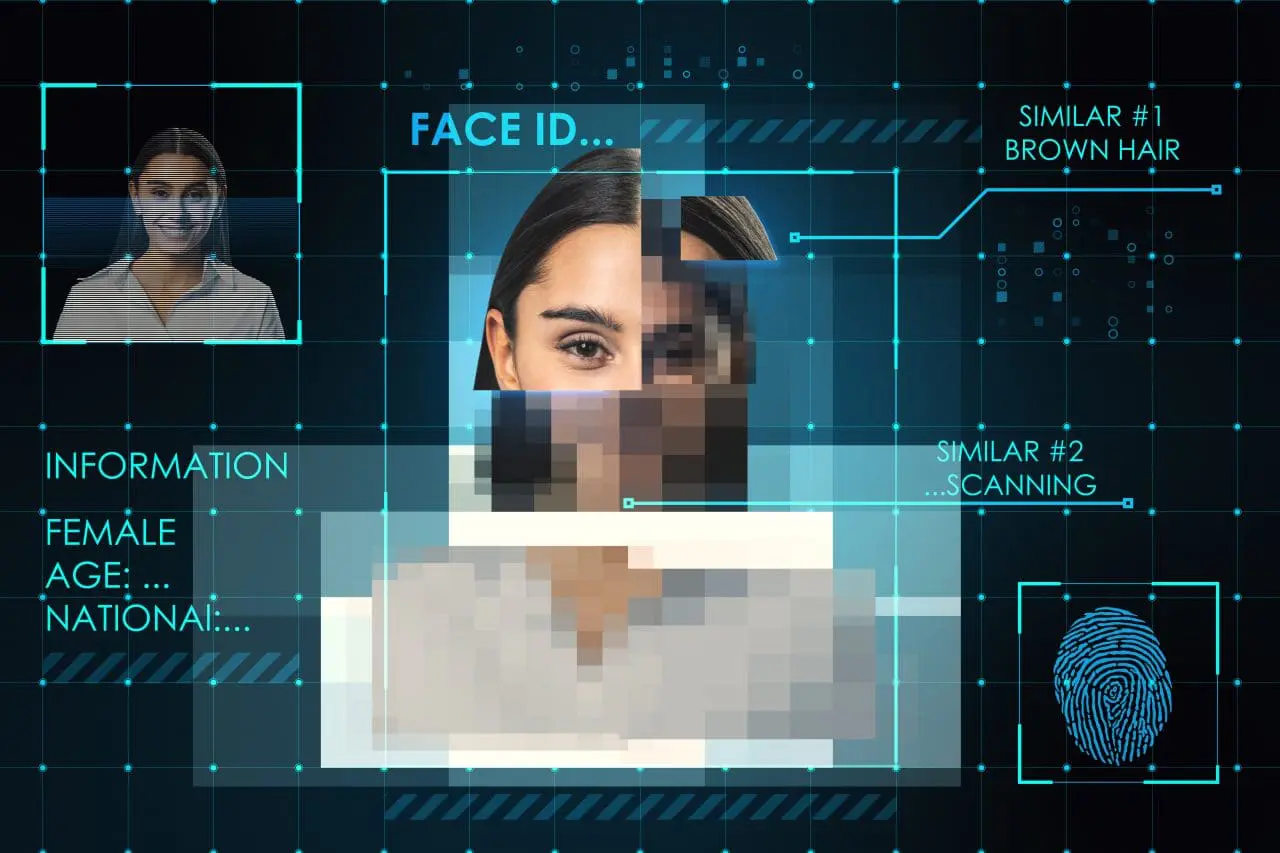

Fake images, or deepfake images, are digital creations made with the help of Artificial Intelligence (AI) and other computerised techniques. These images can be used to deceive people by making them believe something is real when it isn’t. Deepfake technology has been around for several years, but recently they have become far more difficult to detect and potential misuses are causing widespread concern.
Fake images attempt to manipulate people by creating an illusion that what is being depicted in the image is true. Deepfakes can be created from existing photos or videos and manipulated so that a person appears to move and/or speak in a certain way. In some cases, the person’s face can be altered to make them look like someone else.
The danger with fake images is that they can be used to spread misinformation and create distrust in news media. Fake images have been used to falsely accuse innocent people, as well as manipulate public opinion on political and social issues. They can also be used by cyber criminals to commit identity theft or other forms of fraud.
Fortunately, there are several ways you can determine if an image is real or fake. The first step is to do a reverse image search using Google or another search engine. This will help you determine if the image has been manipulated or copied from somewhere else. You can also look closely at the photo to see if there are any inconsistencies that indicate it is not real.
The next step is to look for features of digital manipulation such as pixelation, blurring and strange colours or shapes. If an image appears too perfect, like it’s been overly photoshopped, then there’s a chance it could be fake. Another way to spot a fake image is to compare different versions of the same photo and see if they match up perfectly – most genuine photos have slight variations in colour, contrast and even facial expressions.
Finally, check the source of the image. If the person who posted it doesn’t have a credible reputation or hasn’t provided any proof that the image is genuine, then there’s a good chance it could be fake.
Fake images are becoming increasingly difficult to detect and can be used for malicious purposes. However, by following these steps you should be able to spot a deepfake image before it causes any harm. The most important thing is to stay informed, do your research and question everything you see online. Only then can you prevent yourself from being tricked by fake images.
This website uses cookies to improve your experience. Choose what you're happy with.
Required for the site to function and can't be switched off.
Help us improve the website. Turn on if you agree.
Used for ads and personalisation. Turn on if you agree.
This website uses cookies to improve your experience. Choose what you're happy with.
Required for the site to function and can't be switched off.
Help us improve the website. Turn on if you agree.
Used for ads and personalisation. Turn on if you agree.